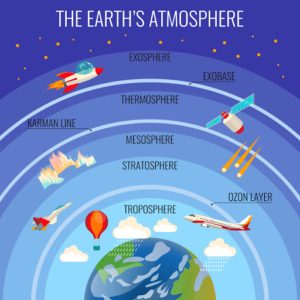In news– India observed the 27th Global Ozone Day on 16th September.
About World Ozone Day-
- World Ozone Day is celebrated on 16th September each year to commemorate the signing of the Montreal Protocol.
- The Montreal Protocol is an international environmental treaty for phasing out production and consumption of Ozone Depleting Substances.
- It came into force on 16th September 1987.
- The Day is celebrated every year to spread awareness among people about the depletion of Ozone Layer and the measures taken/ to be taken to preserve it.
- In 1994, the UN General Assembly proclaimed this day as World Ozone Day.
- The Ozone Cell, Ministry of Environment, Forest and Climate Change (MoEF&CC), Government of India has been celebrating World Ozone Day since 1995 at the National and State levels.
- The theme of World Ozone Day 2021 is “Montreal Protocol – Keeping us, our food and vaccines cool”.
India Cooling Action Plan (ICAP)-
- During the same event, the Minister of State for Environment, Forest and Climate Change has released the Action Plan for implementing recommendations of the India Cooling Action Plan (ICAP) for thematic Area Space Cooling in Buildings.
- ICAP, the first of its kind in the world to be developed by the MoEF&CC, addresses cooling requirements across sectors and lists out actions which can help reduce the cooling demand through synergies in actions for securing both environmental and socio-economic benefits.
- It aims to reduce both direct and indirect emissions.
Ozone layer-
- The Ozone layer, also known as the Ozone shield, is a delicate layer of gas in the Earth’s stratosphere that absorbs most of the Sun’s ultraviolet rays, which is harmful to human life and other life forms.
- These rays can cause numerous skin diseases.
- Ozone is a gas that is made of three oxygen atoms, O3.
- Depending on where the ozone layer is, it can either harm life or protect life on Earth.
- The ozone layer is found in the stratosphere around 15–30km above the earth’s surface.

- It covers the entire planet and protects life on earth by absorbing harmful ultraviolet-B (UV-B) radiation from the sun.
- The first ozone hole was discovered 30 years ago in May 1985 over Antarctica. .
















